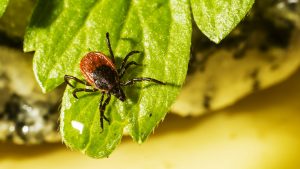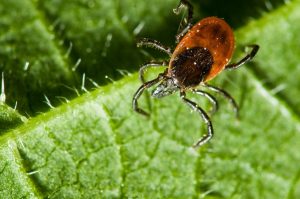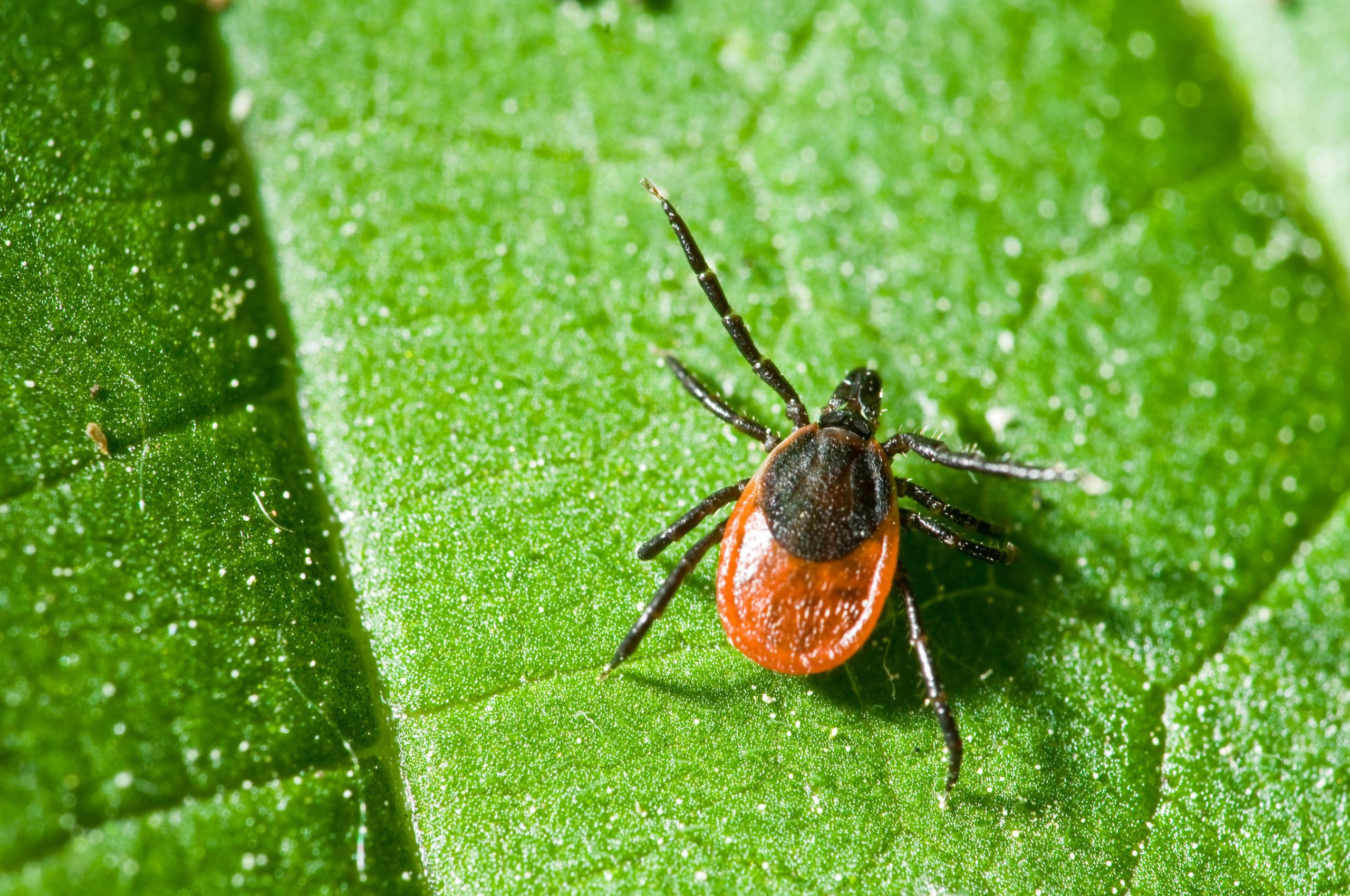Spring is a time of energetic upsurge and inspiration. Recreation is becoming more and more active, and nature is the main venue for it. However, without safety measures, even short spring-summer walks can result in serious illness. How not to bring dangerous infections from vacation? And what are their first signs?
Who, where, when
Ticks wake up from hibernation most often in April, when the ground warms up to 5-7 degrees. Their activity is growing rather quickly and reaches its peak in May-June.
These tiny (0.2-0.4 cm) insects, imperceptible to the eye, wait for their “victims” on shrubs, grass and trees (from 25 cm to 1.5 meters high). At the same time, their favorite habitat is shaded wet areas with dense undergrowth, as well as paths, grazing areas, raspberries, aspen and clearings. Well-ventilated sunny areas are not to the taste of ticks, so the risk of their bites is much less here.
Among other things, ticks “do not like” rain and heat, and the time of their greatest activity is in the early morning and evening.
It is worth noting that in recent decades the habitat of ticks has changed a lot – now they can easily be found in urban areas. Heaps of plant debris (foliage, mowed grass) and tall grass are especially dangerous in this respect, but mowed lawns are safe.
Place of residence”
Ixodid ticks are the “home” for the causative agents of many dangerous infections, including borreliosis (Lyme disease). At the same time, according to statistics, the danger of infection is about 30-40% of ticks on the territory of Russia.
Insect infection occurs during “feeding”. Through the blood of natural hosts (white-tailed deer, dogs, rodents, birds, cattle and others), bacteria of the genus Borrelia enter the digestive system of ticks. From there, part of the bacteria enters the salivary glands of the insect and then, when bitten, into the human body.
It must be said that infection is also possible when a tick is crushed on damaged skin, when the contents of the insect’s digestive tract (together with borrelia) enters the human bloodstream. Although such cases are quite rare. In the human body, bacteria spread with the blood and lymph flow and are capable of infecting almost any organ. It is noticed that the risk of contracting borreliosis is the higher, the longer the period of tick suction. A tick that has sucked on more than 24 hours ago transmits pathogens with almost 100% probability. Therefore, it is recommended to examine each other during forest walks every 3-4 hours, during this time the tick or has not yet sucked, but chooses a “tidbit” place on the human body or the period of suction is very short and, having removed the tick, you can protect yourself from infection.
Bright and washed out
The first symptoms of borreliosis appear on average 10-14 days after the bite, but this period can be greatly shortened (several days) or lengthened (several months or years). During this time, the “victim” is not worried about anything, except for redness, which increases with time, takes the form of a “target” or donut (erythema annulus) and spreads to adjacent skin areas.
The diameter of the erythema varies from 3 to 70 cm, and as it “grows”, itching, swelling and even soreness may appear at the site of the bite. This corresponds to stage I of the disease.
Around the same time, nonspecific flu-like symptoms appear: chills, fever, headaches and muscle pains, severe weakness and fatigue. In some cases, already at stage I, symptoms of damage to the brain and its membranes appear: nausea and vomiting, stiff neck muscles, photophobia, and others.
Additionally, there may be: rash, joint pain, sore throat and cough.
The “insidiousness” of borreliosis lies in the late reaction of the immune system and the absence, in some cases, of the classical symptoms of stage I. This leads to the risk of developing a chronic infectious process and the need to consult a doctor not only when symptoms appear, but also immediately after a bite.
Chronic Lyme disease runs under the mask:
neurological (sciatica, headaches, paresis),
cardiovascular (myocarditis, pericarditis, atrioventricular blockade), articular (arthritis),
dermatological (rash of “unknown origin”)
and many other diseases
and also “chronic fatigue syndrome”.
This course often becomes the reason for the late setting of the “correct” diagnosis and, as a consequence, the development of complications.
Diagnostics
The main and most effective way to detect Lyme disease is a blood test for IgM and IgG antibodies to Borrelia.
The presence of IgM https://en.wikipedia.org/wiki/Immunoglobulin_M antibodies will confirm the presence of an acute, and IgG – a postponed or chronic infectious process. However, the analysis becomes relevant no earlier than 14 days after the bite, and for class G antibodies – no earlier than 3 weeks.
Another way to check the risk of disease is to analyze the tick itself. True, for this, the insect must be delivered for analysis safe and sound, which is quite difficult to achieve if the tick has already “sucked”.
Thus, the complexity of diagnosis, the inconstancy of symptoms and the risk of chronicity of the process, necessitate personal protective measures when visiting “nature” and an immediate visit to a doctor when a tick bite is detected.



